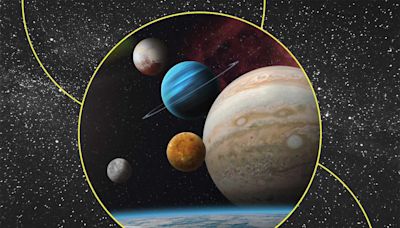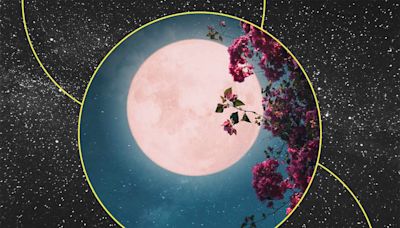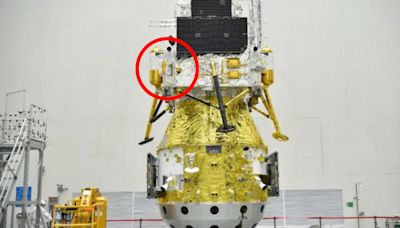Search results
The Moon is Earth 's only natural satellite. It orbits at an average distance of 384,400 km (238,900 mi), about 30 times the diameter of Earth. Over time Earth's gravity has caused tidal locking, causing the same side of the Moon to always face Earth.
Overview. Earth's Moon is the brightest and largest object in our night sky. The Moon makes Earth a more livable planet by moderating our home planet's wobble on its axis, leading to a relatively stable climate. It also causes tides, creating a rhythm that has guided humans for thousands of years. The Moon was likely formed after a Mars-sized ...
6 days ago · Moon, Earth’s sole natural satellite and nearest celestial body. Known since prehistoric times, it is the brightest object in the sky after the Sun. Its name in English, like that of Earth, is of Germanic and Old English derivation.
What is the moon made of, and how did it form? Learn about the moon's violent origins, how its phases shaped the earliest calendars, and how humans first exp...
The Moon was likely formed after a Mars-sized body collided with Earth several billion years ago. Earth’s only natural satellite is simply called “the Moon” because people didn’t know other moons existed until Galileo Galilei discovered four moons orbiting Jupiter in 1610. In Latin, the Moon was called Luna, which is the main adjective for […]
From your astronaut’s viewpoint, you can see that the Moon is an average of 238,855 miles (384,399 km) from Earth, or about the space that could be occupied by 30 Earths. It travels around our planet once every 27.322 days in an elliptical orbit, an elongated circle. The Moon is tidally locked with Earth, which means that it spins on its axis ...
Sep 7, 2023 · The Moon is Earth’s only permanent natural satellite, and it’s the fifth-largest satellite in our solar system. The Moon’s diameter is approximately 2,160 miles (3,475 kilometers), or about ...
Jul 16, 2004 · The diameter of the moon is 2,160 miles (3,476 kilometers). The moon's mass—the amount of material that makes up the moon—is about one-eightieth of the Earth's mass. • Because the force of ...
Jul 3, 2019 · There are more than 190 moons orbiting the planets and asteroids in our solar system, and Earth’s moon is the fifth largest of the lot. It spans about 2,160 miles across, nearly a third the ...
May 2, 2024 · All About the Moon. Quick Facts: Earth has just one moon – a rocky, cratered place, roughly a quarter the size of Earth and an average of 238,855 miles away. The Moon can be seen with the naked eye most nights as it traces its 27-day orbit around our planet. Credit: NASA/JPL-Caltech.






